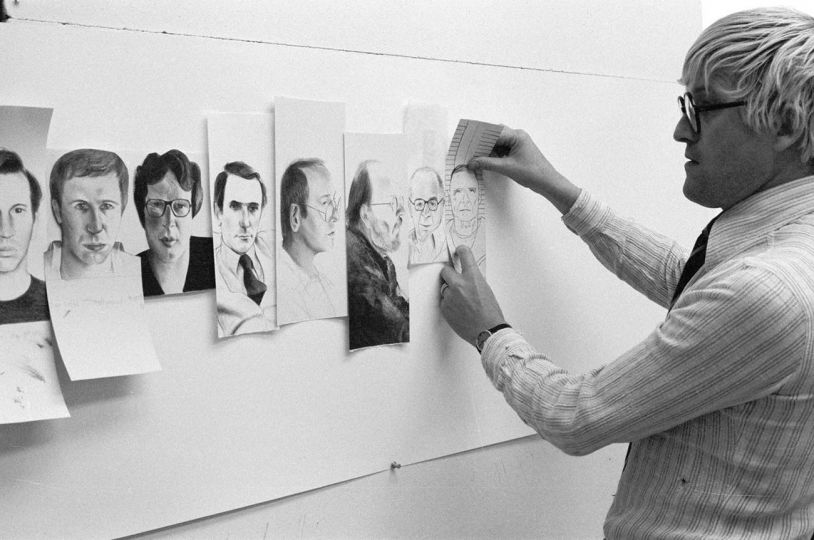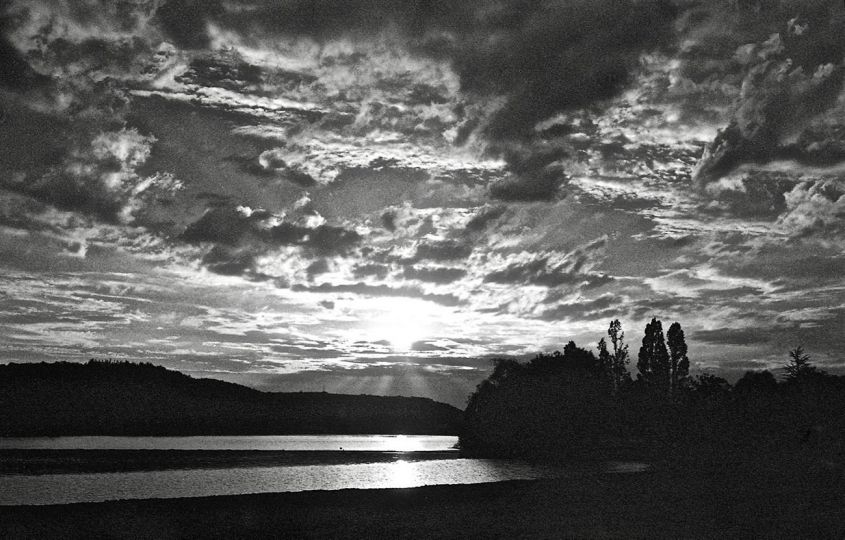Thierry Maindrault’s Monthly Chronicle :
Let’s not mix every thing please. There is no single user of photographic techniques; but a multitude, as for many, of the technologies invented by Man through the ages. There are many people who can claim the title of painter, from Johannes Vermeer to painters of buildings or road signs. It is the same for Photography, from the gifted creator to the anthropometric photographer, passing through scientific photographers. There is nothing honorific or demeaning about the type and mode of use, provided they are used competently and, if possible, with passion. For photographers and for the record, until recently, the list of various specializations looked more like a directory.
How can one explain the disparition of three quarters of these competent photographic operators, over the last twenty years. While at the same time, the number of individuals claiming the title of photographers has multiplied by ten or twenty, if not more. A recent survey reveals that a large proportion of young people say that for them the profession of photographer is the best profession. What a paradox! What happened ?
All the technologies related to photographic technique have evolved, are we told! Particularly grotesque reflection for all those who have a minimum photographic culture ( yes, there are still some). Since the beginnings of photography, many technological developments have followed one another, permanently, at a more than sustained pace. From the presumed start with the bitumen of Judea and its pinhole to the multilayer electronic sensor and its laser beam, the photographic corporation has seen many evolutions and inventions. The real users of photography were and remain characters with great adaptability, effective ingenuity and an almost unhealthy curiosity. In summary, let’s not so easily blame the origin of the crisis on our equipment. Even if they become very, if not too much, sophisticated and more oriented towards a source of profit for their manufacturer than a really useful tool for their users.
The transfer of knowledge has strayed into educational business paths in which the comfort of the teacher and financial profitability are priorities. Times are changing and we have to live with the changes. Certainly, but the intellectual processes do not change, otherwise it would have been known a long time ago. Training in the mastery of know-how is done through real learning. I observe, I understand, I try, I correct, I adapt, I master, all under the watchful and pedagogical eye of a master. The works have nothing to do with the smoky theories spread out on a blackboard or emerging from a videographic screen without explanation for the errors in the realisation. Whatever the supposed prestige of the great professor and the exorbitant amount of financial participation (which, by the way, should only be symbolic if the professor is that famous!), At the end, the result might fail to be there. The only reassuring compensation is to be able to put the name of the prestigious professor(s) on one’s curriculum vitae, as the only guarantee of competence.
The users and buyers of photography are no longer the same, whether they are professionals or consumers. The functioning of our societies (due to globalization) changed the behavior of each one. It is obvious that form has swallowed up substance. Studio photography, perennial on paper, of a baby, a teenager, a graduate, practically does not exist anymore. This image is replaced by a few thousand images taken with a telephone, which are immediately ejected on social networks to disappear from the personal environment. The ephemeral videographic screen has replaced the sideboard in the dining room and the wall in the living room. Industrial photography of our factories disappeared with deindustrialization. But, essentially because a secretary with her smartphone will directly send her shot for the printing of the latest catalogue. The said catalog often limited to a pdf file, also ephemeral, on the web. If a press photographer rushes to an unexpected event, he will discover, when he arrives on site, the images already published on his smartphone. A clever witness will have filmed his dying neighbor and sent a filthy image (in every sense of the word) to the newspaper. The service editor will have made an immediate “A” to flood all possible and unimaginable networks. This type of example is unfortunately valid for all sectors that use images. No one has any more respect for the photographer while everyone dreams of doing his job and whom some even anticipate in the field, without a minimum of intellect and without scruples.
Through their frenzied individualism and their natural insouciance, photographers let their environment do its thing without any salutary reaction. It seems obvious that the – justified – proclamation of certain old photographs as works of art has softened the brains of certain view takers (all sectors combined) who already saw themselves at the top of the bill. Many are the clever ones who have also taken the opportunity to embellish the story and siphon off the income from their work and their creativity. Photographers no longer earn anything; but, it is not lost on everyone. This phenomenon is amplified by a crowd of people, totally ignorant of photography (both technically and creatively) who call themselves photographers to invite themselves on this same illusory path to glory.
All this is pathetic and particularly destructive for a technique that has been trying to gain respectability for a while. However, dear colleagues, let’s look at ourselves honestly, we are responsible of the proliferation of all these fatal excesses. We accepted anything and everything in the name of evolution and progress. Our certainty that the perfect mastery of our tools ensured the permanent continuity of our activities. Our repeated renunciations for lack of courage and anticipation lead us to the bottom of the hole. The uberization of our professions, the loss of our fundamental rights, the tolerance of devastating technologies, lead us to the hells of the new globalized economies.
“It’s the best job we would like to do” young people tell us. Obviously, they do not really understand the situation!
Thierry Maindrault. August 11, 2023
















